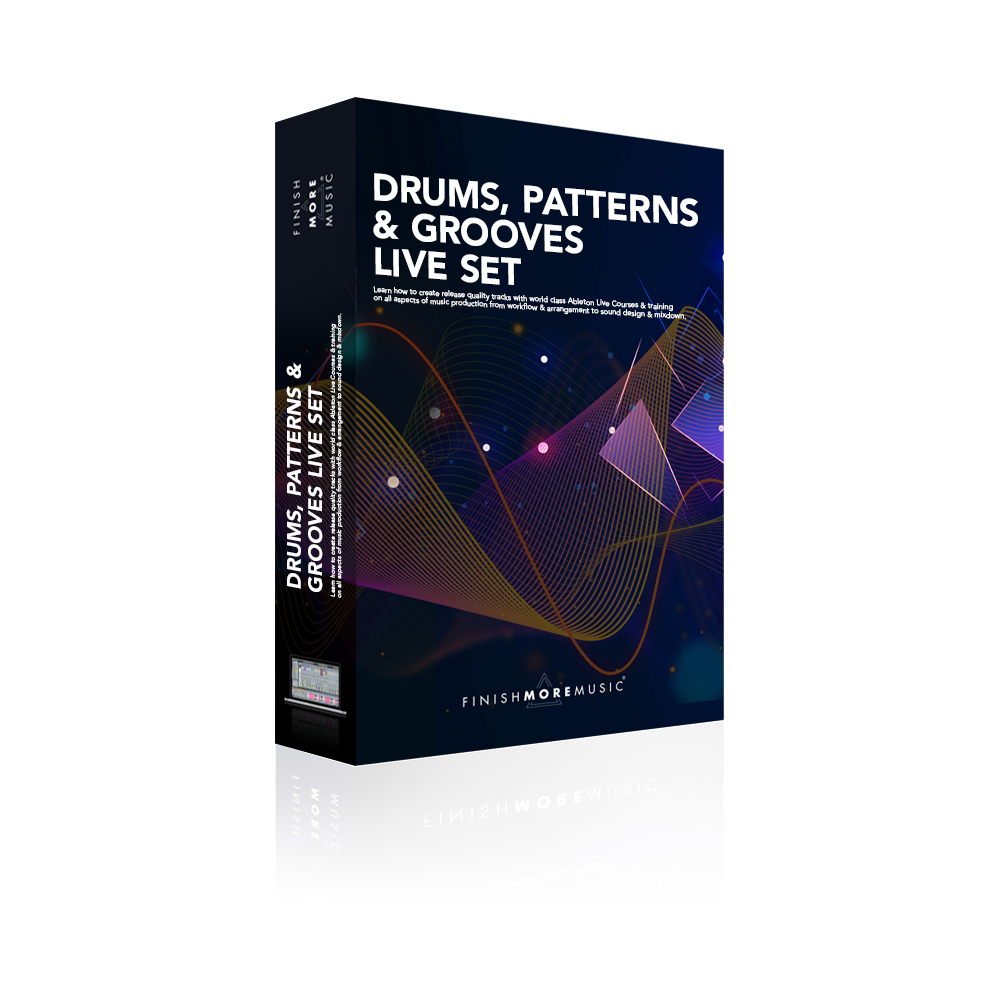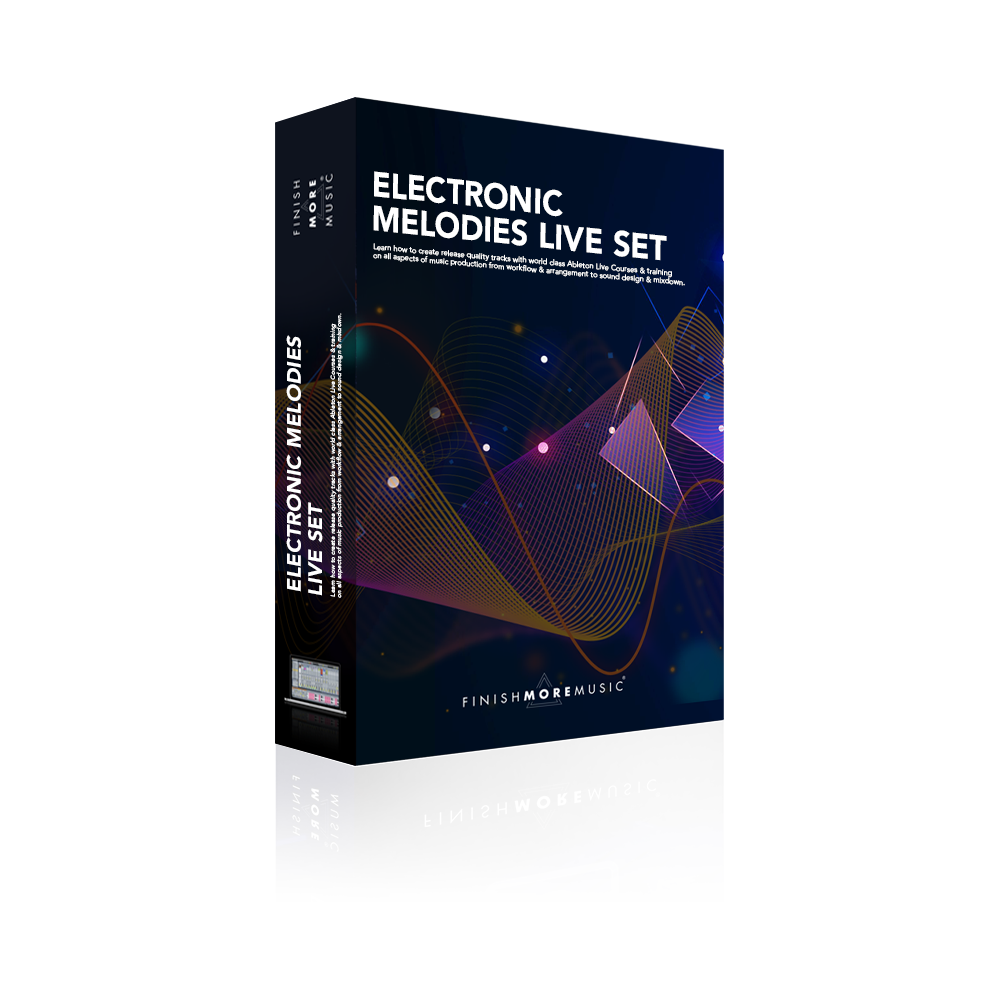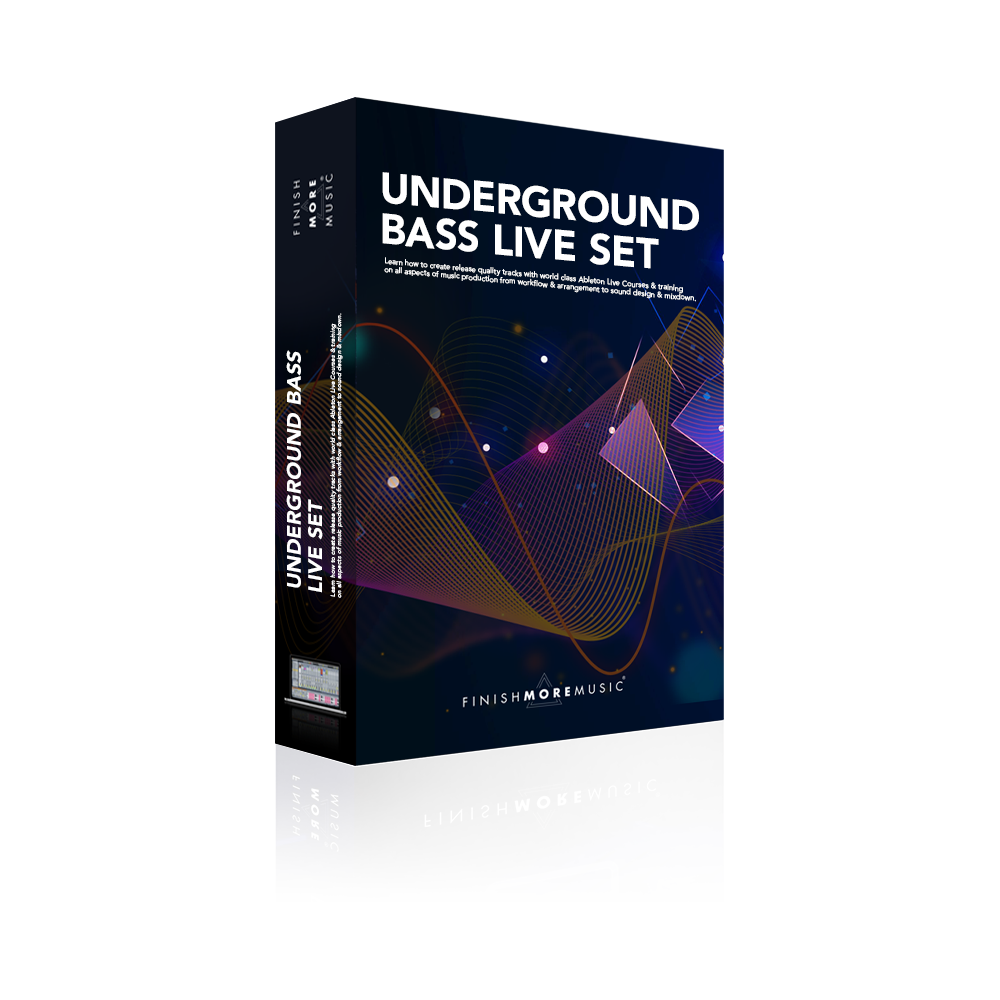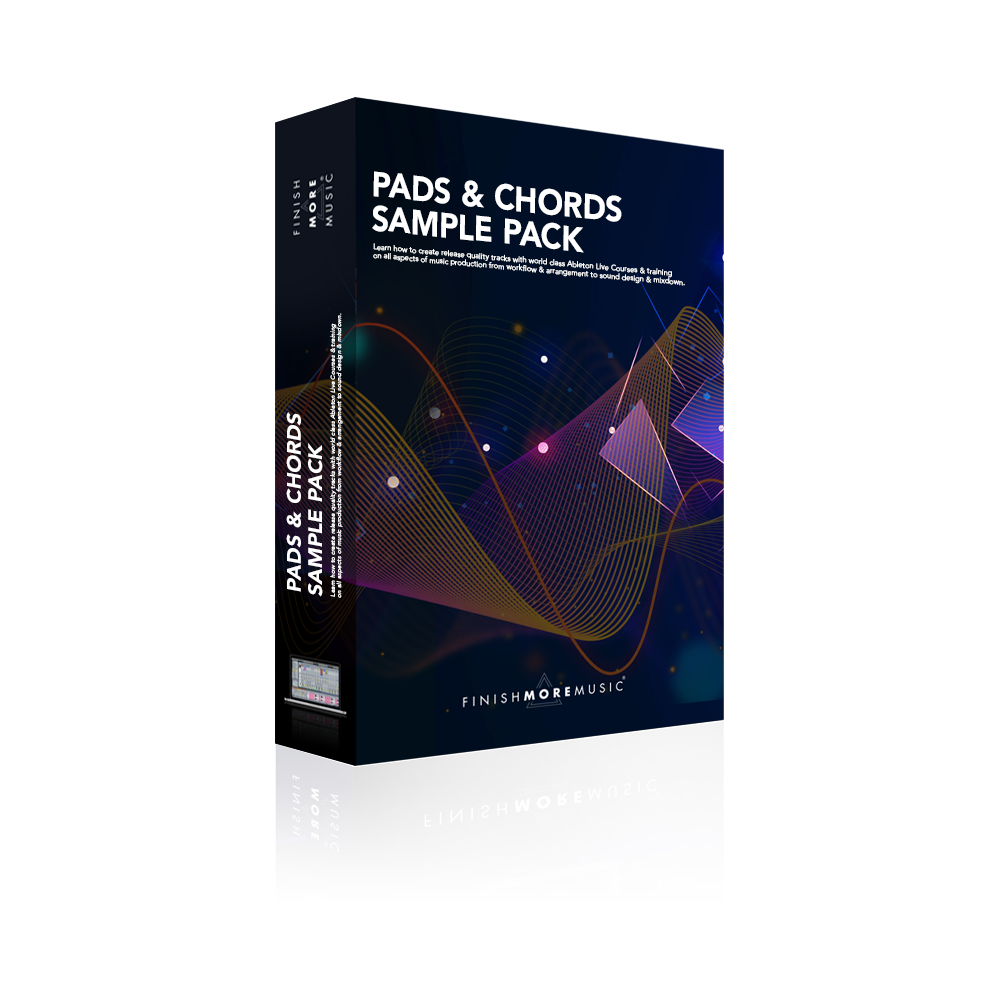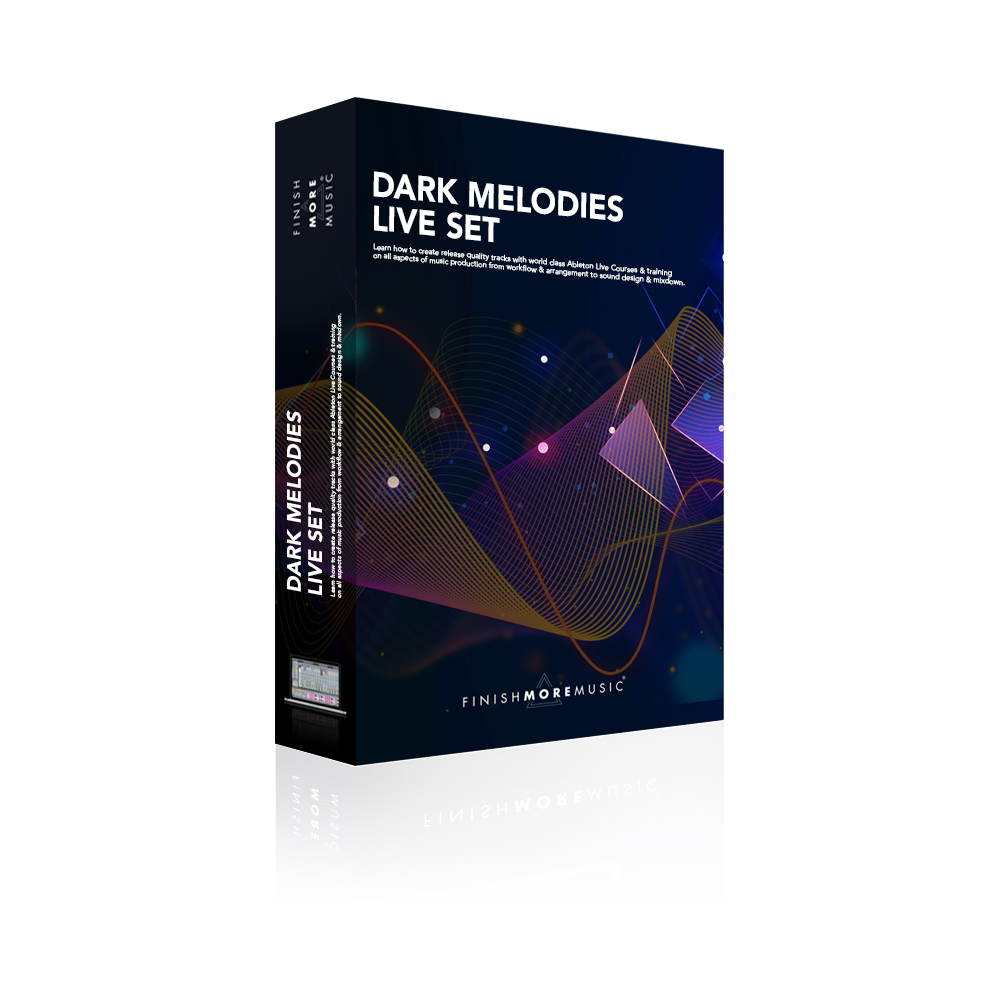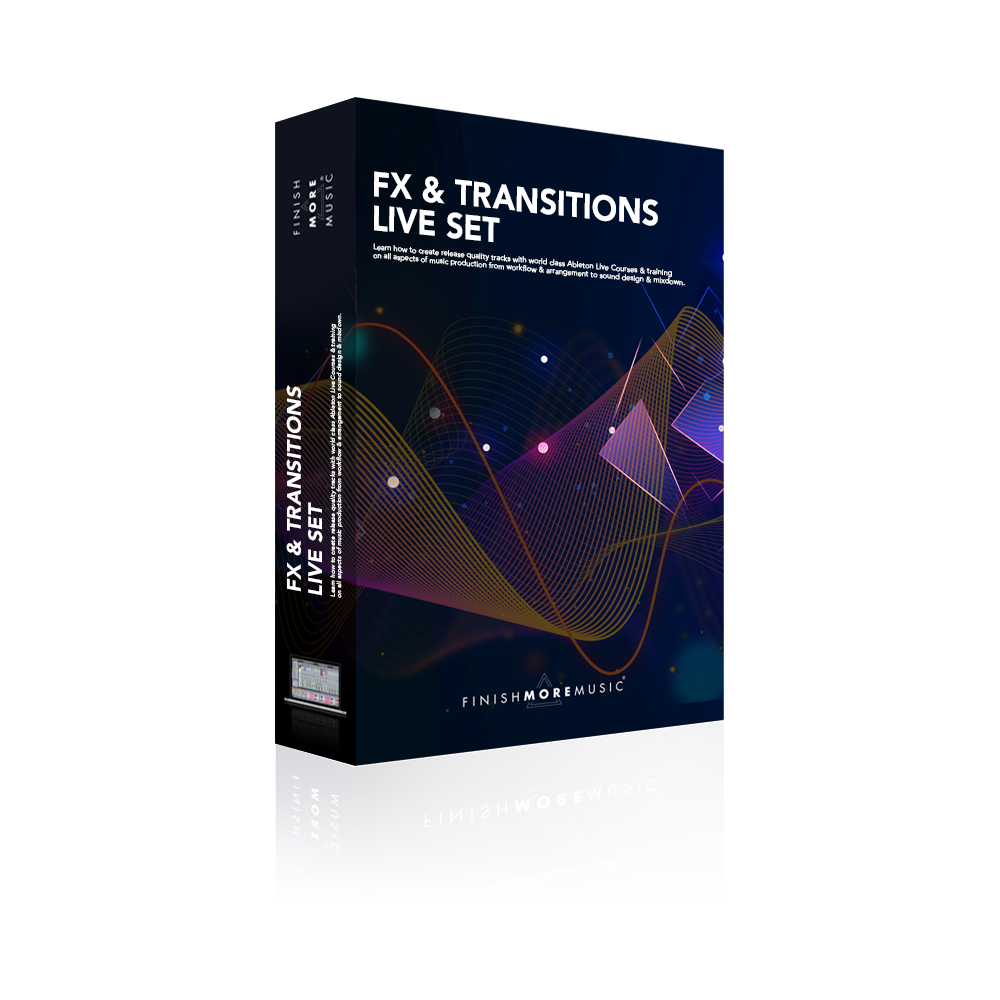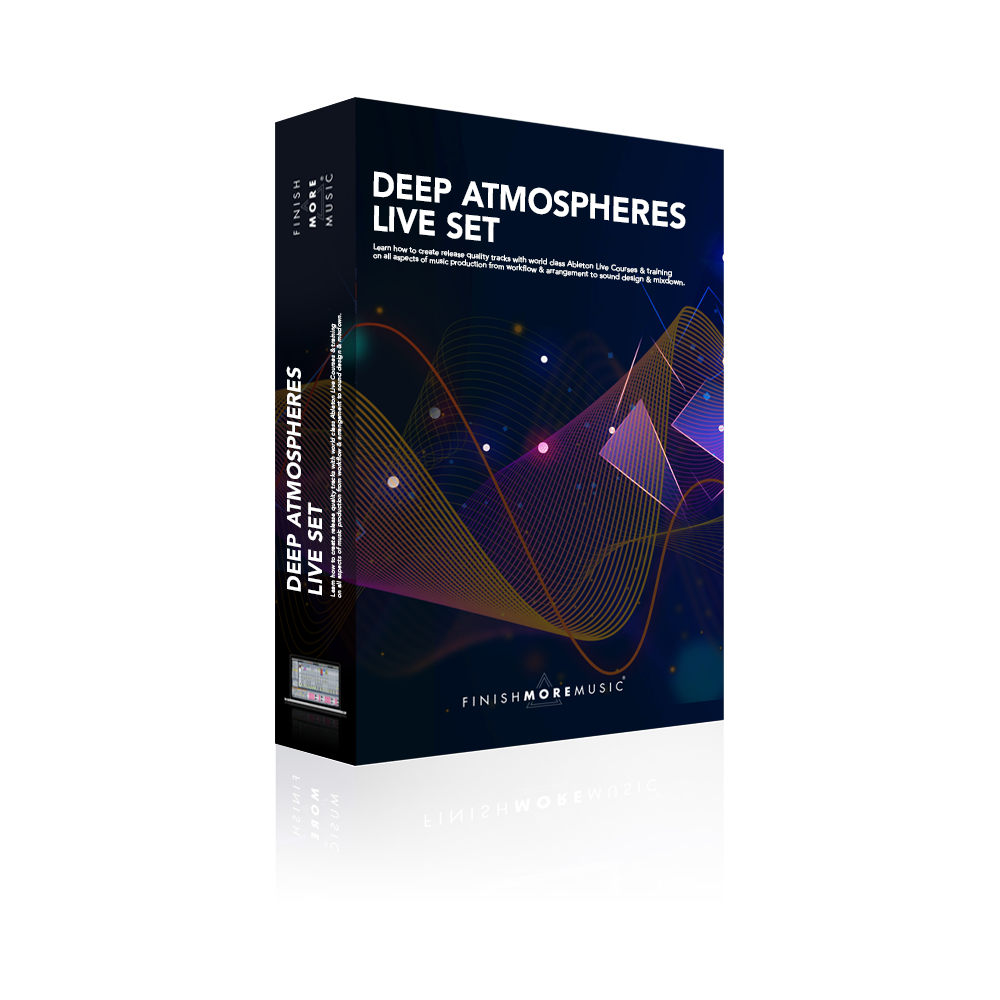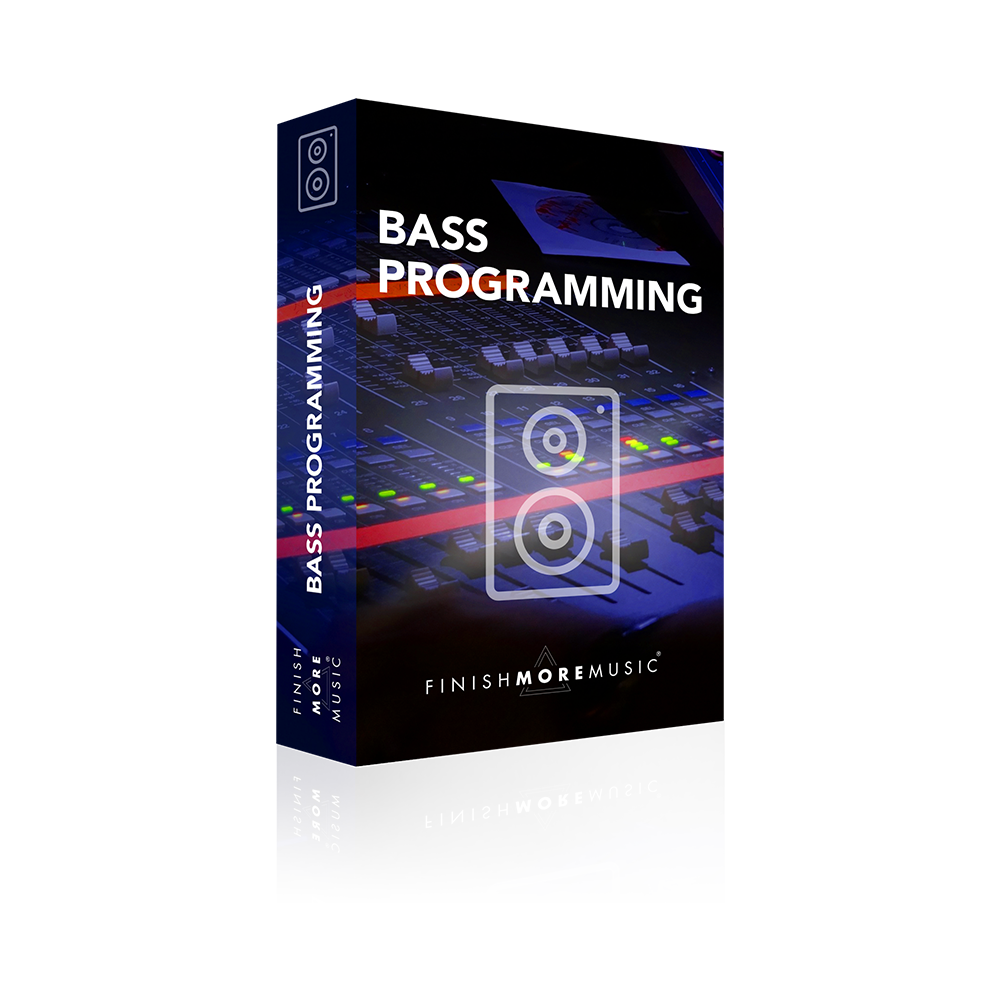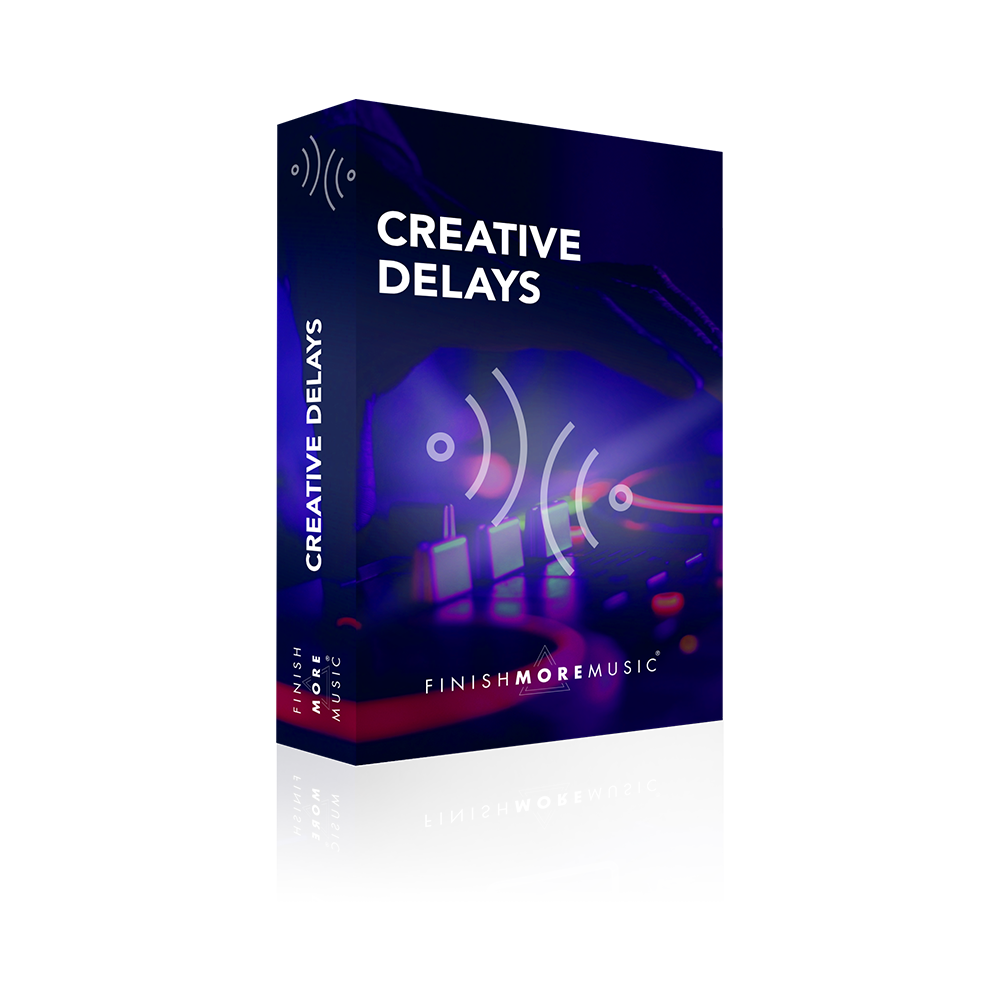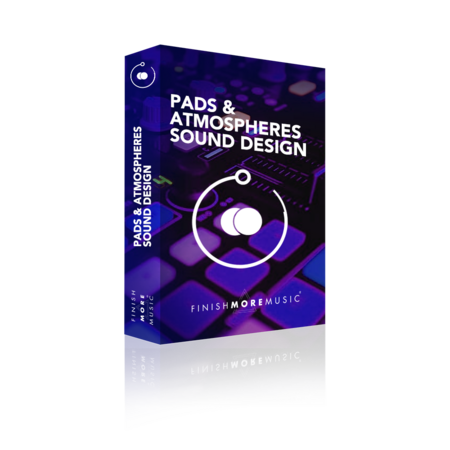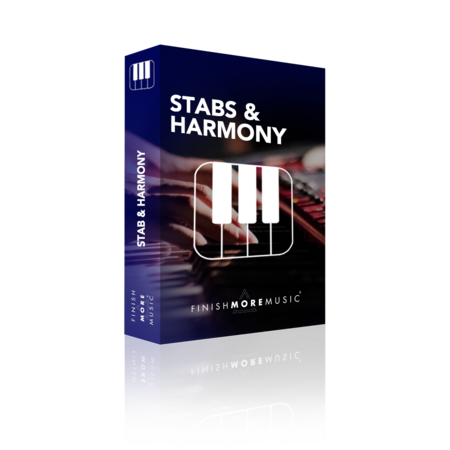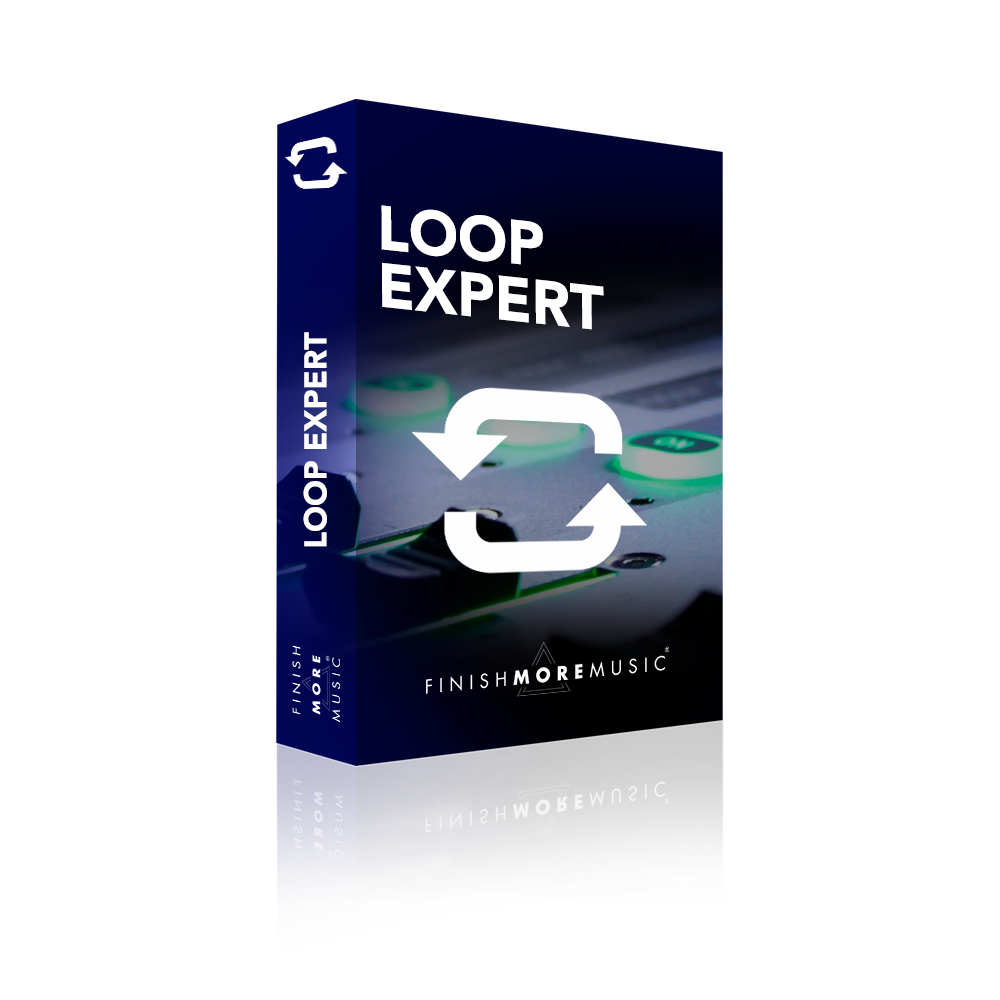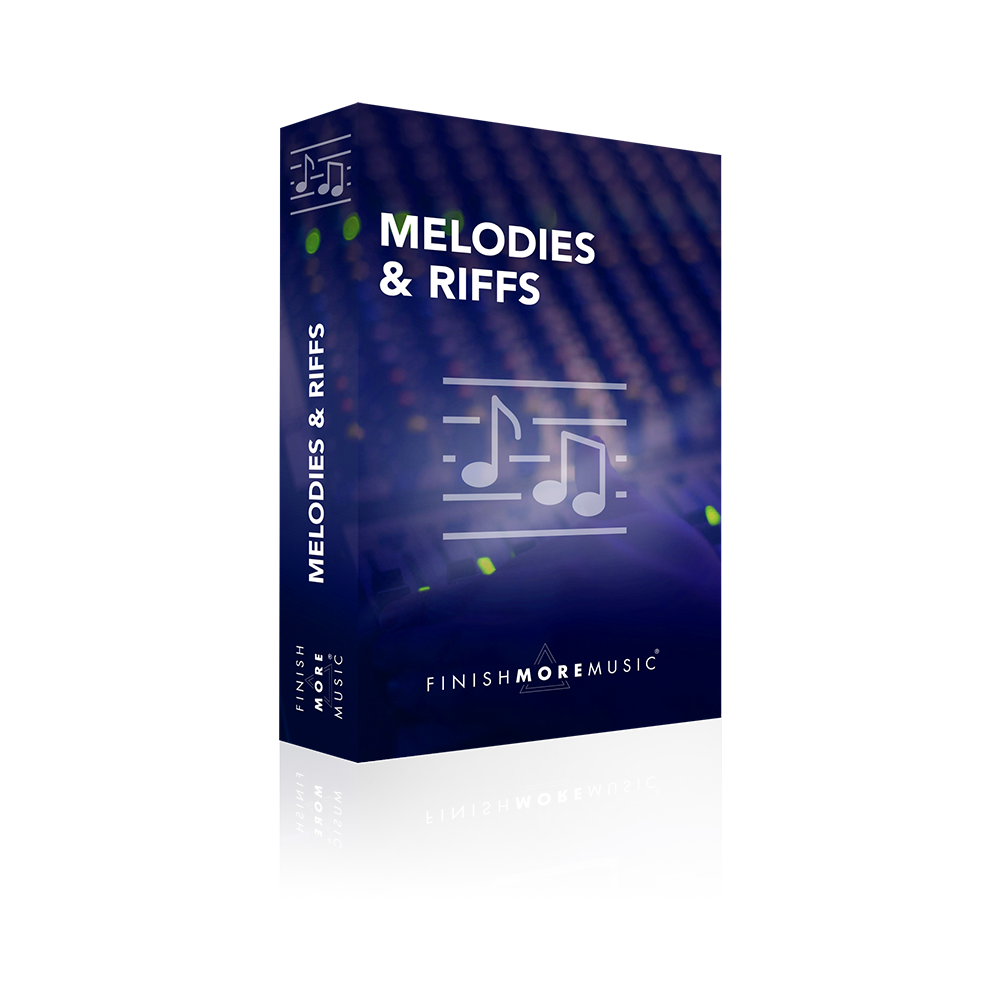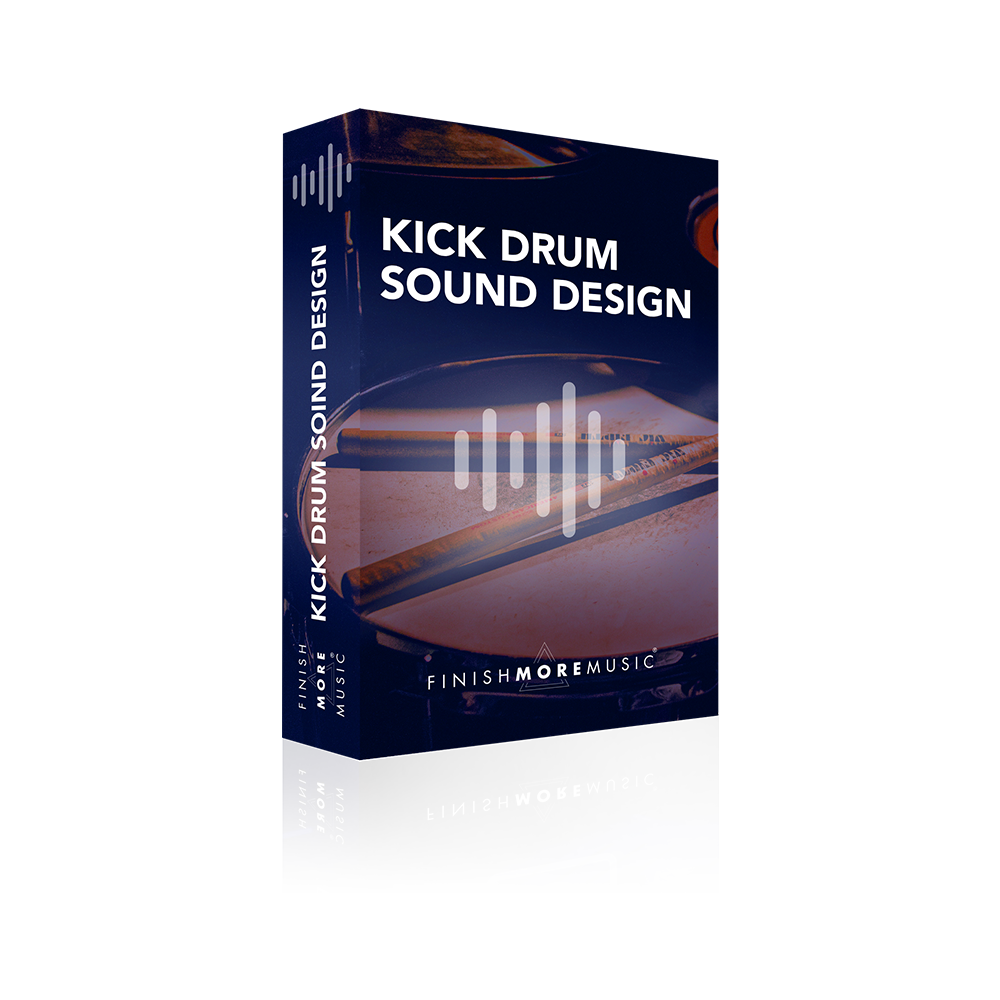One of the challenges of working as an Electronic Musician is maintaining that natural, human feel in your tracks. The little nuances that come from playing live instruments, inconsistency of hardware, and those little mistakes that us humans make are often fiddly to programme and take up time that can interrupt your creative flow. In this tutorial I show you how to add that humanised feel to During our time as Quantize Courses, I created a bunch of video packs and Ableton templates that focussed on specific areas of music production. We took these off sale when we officially became FMM, but starting Friday 22nd November we will be giving you the opportunity to get your hands on them for a limited time only in our Black Friday sale! In preparation for this cool event, I will be releasing some of my favourite video samples straight from the packs to give you a sneak peek of what they are all about! Kicking off right now with one of my favourite videos from my ‘Drum Programming’ video packs, which is all about creating drum fills super fast! Check it out! top loops that add that extra sense of interest, groove and movement to your music quickly and easily in your DAW.
Transcript
Okay so let’s have a look at two very quick hacks for creating drum fills. The first one is gonna give a swing a little bit out there so if your genre of music is more suited to slightly crazy fields or you’re just bored of the more traditional vibe, the first hack will help with that, and the second one will give you some really nice traditional well played drum fills. So let’s start out with hack number one which is randomizing. Now I’ve covered this a lot in other courses so I’ll keep this brief. I’ve got a drum rack, I’ve populated it with a bunch of Tom’s that I’ve grabbed straight out the live library they’re completely different so we’re gonna have some interesting results here. Obviously you would populate the drum rack with Tom’s or snares or percussion or whatever you like that actually is well chosen and fit your loop and your style of music but I think it’d be fun to have st. quite mental in here and see what we get. The way that we’re going to trigger this is via a series of MIDI notes that run through the MIDI random plugin. When a note comes in, there is a 79 percent chance that it will play one of sixteen different pads at random there’s a twenty-one percent chance it will play the exact note that it receives so we’ve got to draw some notes in for it to receive. Just turn it off a second and let’s see which one I’d like to play quite a lot.
Maybe this one seems fairly reasonable perhaps that the other ones a bit heavy so let’s draw some notes in let’s start with two eights; four sixteenth, so remember the pair’s idea and then we’ll go eighth note triplet for a bit of fun and see what that creates so I’ve effectively got two different half bar fills that we’ll be able to choose from. Since the listen, carnage. So we need to capture it and make it usable. I want to capture the MIDI so I’m going to open up a MIDI track, and from the MIDI from drop down I’ll select our random Tom’s so now the MIDI that that random plug-in is spitting out will be able to capture it record on and just click your little record bun okay that’s enough madness I’m confident we can get st. usable out of that I’m going to drag this MIDI file and put it onto the random Tom’s track and turn the random off I don’t want to re randomize what I’ve just captured let’s make sure both of those are plain. Now, the drum loop here I’ve just gone into this and chopped out some of the last kind of hits in there to make room for Tom’s to play and let’s have a listen to what we’ve got. It’s not too bad you could with that straightaway. Let’s change this to a half bar grid so we can step through our pattern comfortably onto some triplets. I’m not too sure on these sounds actually let’s put them maybe there, and this one sounds a bit rubbish. Okay it’s not too bad let’s move on. As you can hear we’re coming up with pretty usable ideas straightaway and there’s nothing to stop you just coming in you know, butchering some of the notes around when you find something interesting and a way you go. As I said if you put your own drums in that really fit your genre, you’d end up with something really impressive very quickly it feels like cheating but it’s not, it’s a cool technique and it’s your taste. If you find that killer loop using this technique more power to you. So the second hack is quite simply to use pre-created midi files that have been created by real drummers so they don’t program them in, they’ve played them and it’s been converted accurately to MIDI. So a good example, if you’ve got Ableton suite is the session drums packs so you’ve got multi mic studio Club you can download them for free if you’re a sweet user and they have files like this so you can hear the fill at the end there this is a MIDI file it comes with a drum rack with all the original sounds in so if you want that really realistic vibe you’ve got the actual kits on board as well and you can just drag that in to live and use those MIDI files as you see fit in your own tracks now outside of this there are other pieces of software you have to check them out because I don’t own them but I believe they come with MIDI files things like slate drums, there is fx expansion, I think it’s called BD-F. I know there are a host of other packs that contain these amazing MIDI files so if you make breaks or another genre, house genre perhaps where you really want that realistic vibe, check out those packs because you know you really need to know what you’re doing inside out to create feels as good as that and chances are you don’t so just use ones that professionals have already programmed – definitely the quickest way to get there. So they are two different hacks. If you didn’t like the idea of programming and rolling your own, these will get you up and running very very quickly.
Thank you for watching
I really appreciate you tuning in and I hope you’re enjoying the tutorials and taking some real value into your music sessions.
If this video resonated with you and you feel it will have a positive impact on the people you know, please share it by using the social media buttons you see at the bottom of this page.
To make sure you are always the first to know when a new video lands: Subscribe to the FMM Youtube channel here.
Let me know how you get on with the techniques I showed in the videos and if you have any suggestions for future tutorials, ping me a message on Instagram (@IamKeithMills)

